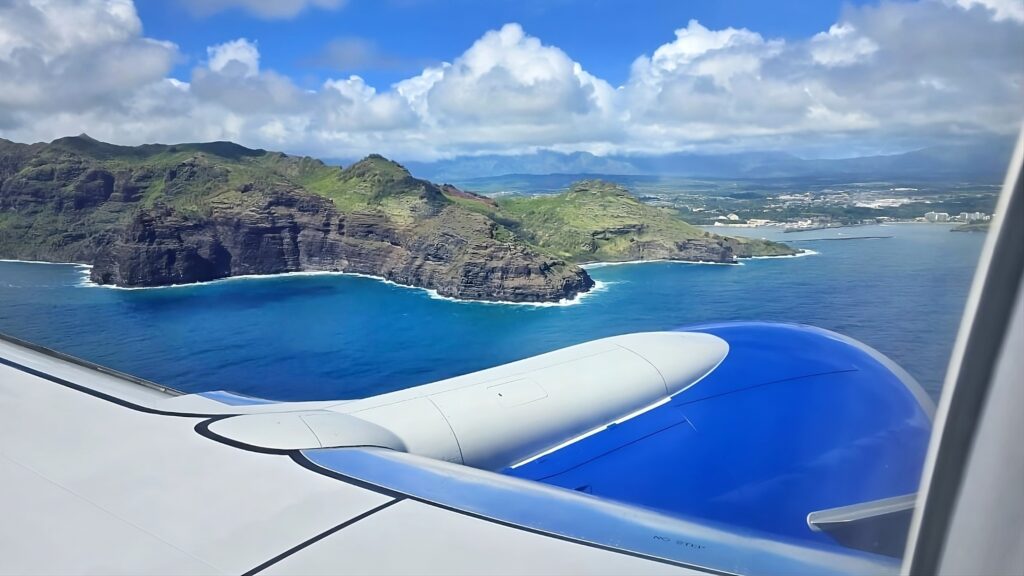Hawaii’s air travel market may face significant changes as Southwest Airlines, which introduced low fares and competition in the region, appears to be retreating from its operations. After entering the Hawaiian market in 2019 and dramatically reducing interisland fares, Southwest has cut back its service, leading to concerns about rising costs and reduced competition. Currently, their flights in Hawaii have diminished to less than half their original footprint.
As Southwest potentially withdraws, the interisland market would largely be left to Alaska and Hawaiian Airlines, which have merged operations. This consolidation could lead to a return of higher fares, impacting not only tourists but also residents who rely on affordable flights for work, school, and healthcare. The absence of Southwest would eliminate the competitive pricing that benefited many travelers, leading to increased costs during peak travel times.
Additionally, changes in airline policies, such as eliminating perks like free checked bags and altering loyalty programs, further add to the uncertainty for travelers. Despite the challenges, Southwest has invested heavily in Hawaii, making a complete exit less likely, although the company’s evolving strategy indicates a shift in focus.
Overall, the future of Hawaii’s air travel market is uncertain, with potential repercussions for both residents and the tourism economy, emphasizing the need for travelers and policymakers to adapt to the changing landscape.
Source link


